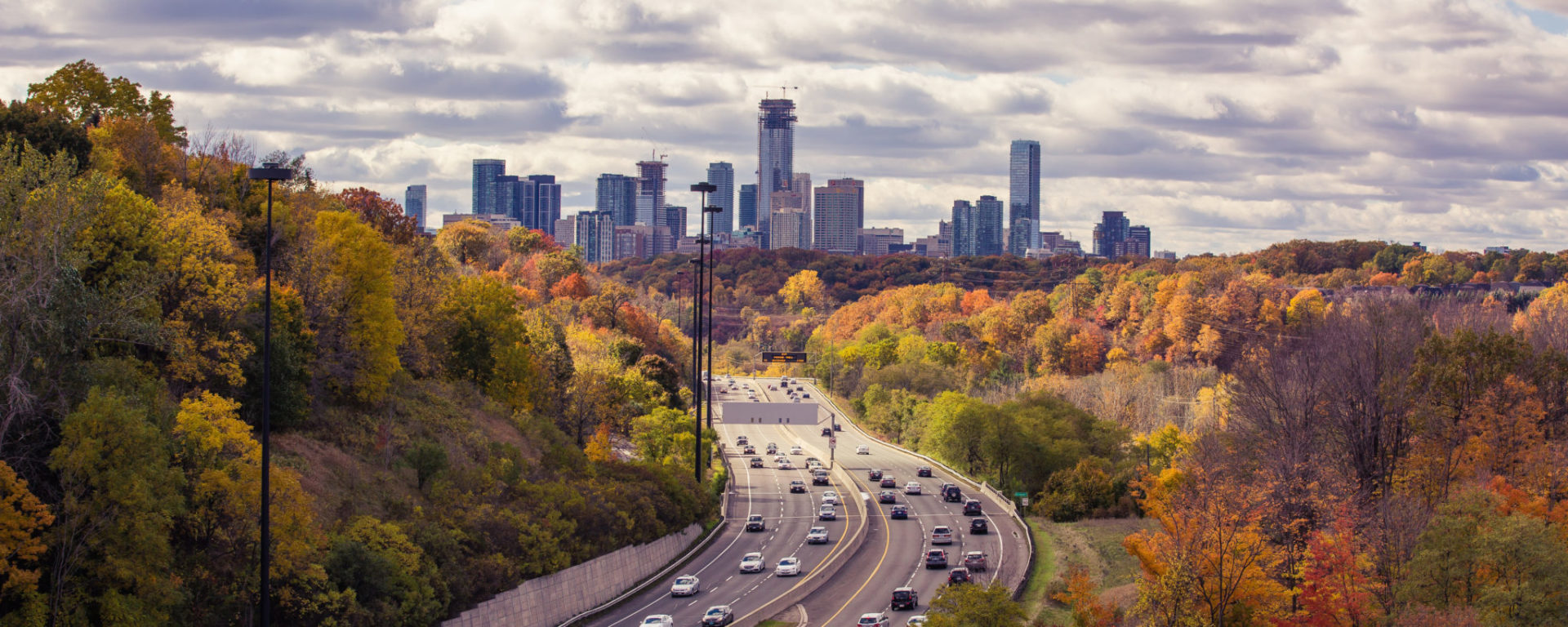
Bridging divides
Conservation will be most successful when research, practices, and policies inform one another. The Salazar Center builds bridges between these sectors and fosters an ongoing conversation around what climate resilience, healthy systems, and environmental equity mean in North America.
The Challenge
A disconnect exists between much of academic research, on-the-ground management practices, and policymaking. Urban-rural, working lands-wildlands, and public-private divides may widen this gap even further. The environmental community at large needs better, more meaningful opportunities to come together as a whole.
Our Approach
The Center convene an annual International Symposium on Conservation Impact to bring together a wide range of interested stakeholders to learn from and support each other’s work, to explore state-of-the-art of conservation efforts, and to improve understanding of the connections between healthy, resilient natural systems and human health and well-being. It is our hope that, by helping to strengthen and diversify this network, new partnerships will emerge, which can in turn be mobilized for tangible conservation impact and community benefit.
The symposium has been in held in 2019, 2020, and 2021:
- In 2019, the inaugural event centered on landscape connectivity in North America and how landscape-scale conservation is critical to environmental and human health.
- The 2020 symposium was held virtually and explored how North American cities are enhancing natural systems to improve community health and support climate resilience.
- The 2021 symposium, also held virtually, served as the first major public convening focused on next steps for the Biden administration’s America the Beautiful initiative. Top-level officials from the U.S. Departments of Interior and Agriculture, as well as the White House Council on Environmental Quality, explored how to conserve 30% of America’s lands and waters by 2030.
Gary Tabor, Founder and President, Center for Large Landscape Conservation“In order to conserve and steward our continent’s large landscapes, urban green spaces, and their invaluable resources, we must build new partnerships, start new conversations, just be in the same room more often. The Salazar Center has inroads into every pertinent sector for conservation, which they’re using to bring together folks who should’ve been talking to one another 20 years ago.”